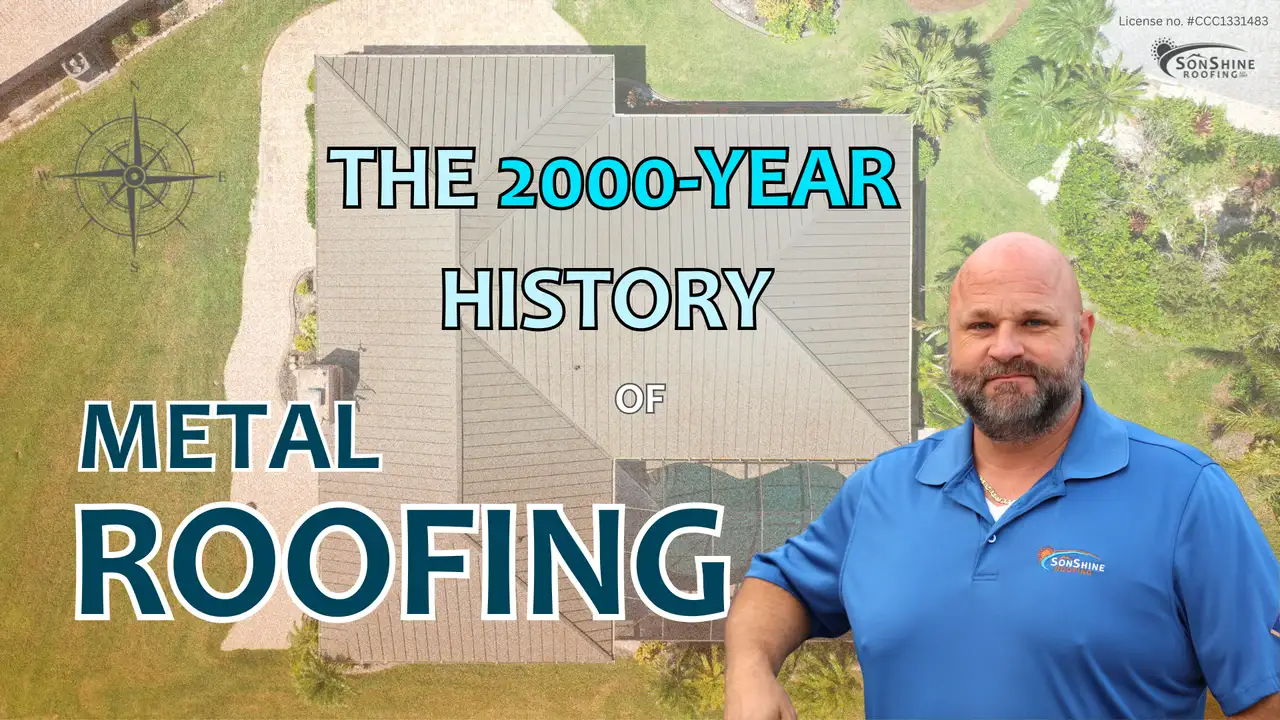Did you know that the average homeowner will spend almost $8000 on roof replacement? It’s a significant cost that can be put off by doing proper roof maintenance regularly. Keeping your roof clean will protect your investment and help it look its best.
There are many ways to practice good roof maintenance and keep your roof looking brand new. Learn how to clean your roof like a pro by checking out these roof cleaning tips below.
Why Is Roof Maintenance Important?
Most people don’t think about their roof until something goes wrong. And unfortunately, many common roof issues go undetected simply because of the length of time between roof inspections. Small problems like missing shingles can turn into big problems like leaks and structural damage if left unresolved.
Even if you don’t know much about roofing, familiarizing yourself with a few basic points can help. And it’s good to get in the habit of regularly inspecting your roof for damage and debris. Be sure to do this after every large rainstorm, hurricane, tornado, or tropical depression, too.
What Is Your Roof Made Of?
First things first: what is your roof made of? Before you start with your roof care, it’s important to understand the material that you will be cleaning. Different types will require a different kind of procedure.
If you need to replace your roof soon, consider what kind of roof type is best for your home. For example, despite Florida’s reputation for sunny weather, residents of this state can expect their roofs to take a beating. Between the hot temperatures, hurricanes, and intense rainstorms, it’s critical to choose a roofing material that is durable and can take a beating.
Roof Inspection
Before you get cleaning, you’ll need to check your roof for any damage–and if you haven’t been doing this yearly, you should. When cleaning your roof, you don’t want to use water that will penetrate the sub roofing or your attic because of a leak. Whether you do the inspection yourself or hire a professional, assess the state of your roof first before you pick up your cleaning tools.
Types of Roof Damage
Once you get up on your roof for an inspection, what should you look for? Check for cracked tiles, missing shingles, rust, and erosion of aggregate (if you have an asphalt roof). Don’t forget to check the flashing and gutters, too.
Threats to Roofs
Mold is one of the top threats to the integrity of a roof, so if you have mold growth on your roof get rid of it immediately. Besides looking unsightly (and affecting the value of your home) mold attracts heat and will heat up your roof and home. It can spread and cause cracks in the tiles and shingles which will shorten the lifespan of your roof.
Moss and algae are two other culprits that need to be dealt with since they cause similar issues like mold does. They can spread into your home and ventilation system which can lead to health problems. Finally, keep an eye out for dry rot in any wood in the roof area.
How To Clean Your Roof
Not all types of roofing materials are created equal. So before you get out the pressure washer and chemicals, do a little research to find out what type of cleaning works best for your roof. Otherwise, you could damage your roof and face a hefty repair cost.
Pressure Washing
If you have a roof with tile or slate shingles, you can pressure wash it to get it clean. Be sure to check for evidence of leaks before you begin, so that water does not seep into your home. You will need to rent professional-grade power washing equipment to do this or pay a roofing company to do the job.
Chemical Cleaning
For homeowners that have asphalt shingle roofs, using a chemical cleaner is optimum. It’s a long-lasting solution, for up to a year since it is applied and then soaks into your roof. You’ll have to make a special cleaning solution for your roof and then spray it on, and then after it soaks rinse it off gently with water.
Algae Removal
Want to get rid of algae or moss, but don’t want to do a total roof pressure wash or chemical cleaning? You can target specific areas by spraying them with a 50/50 mix of bleach and water. Then gently rinse the treated areas with water–larger clumps will blow away in the wind eventually.
Pro Tips
When doing any kind of pressure washing or chemical cleaning, don’t forget about your landscaping! Bleach and other chemicals can drip down from your roof and damage plants below. Protect them with tarps or plastic and then hose them down with water once the job is done.
Also, if you are going to DIY, please take all the necessary safety precautions when using a ladder to clean your roof. It may sound obvious, but a roof can get very slippery when wet and you don’t want to slide down it and injure yourself. On that note, if you have a steeply pitched roof or one that is too high or tricky to scale, you should consider hiring a professional roofing company.
Ready To Have a Clean Roof?
Now that you’ve learned about how to clean your roof, you can start your own roof maintenance program. Your roof protects you from the elements, so it’s important for you to protect it from damage. Also, replacing a roof is a significant expense so keeping it in good condition could save you a lot of money.
Want help maintaining your roof? SonShine Roofing can help you with all of your roofing needs. If you want to work with trusted professionals who have been in business for over 33 years, contact us here for assistance.













